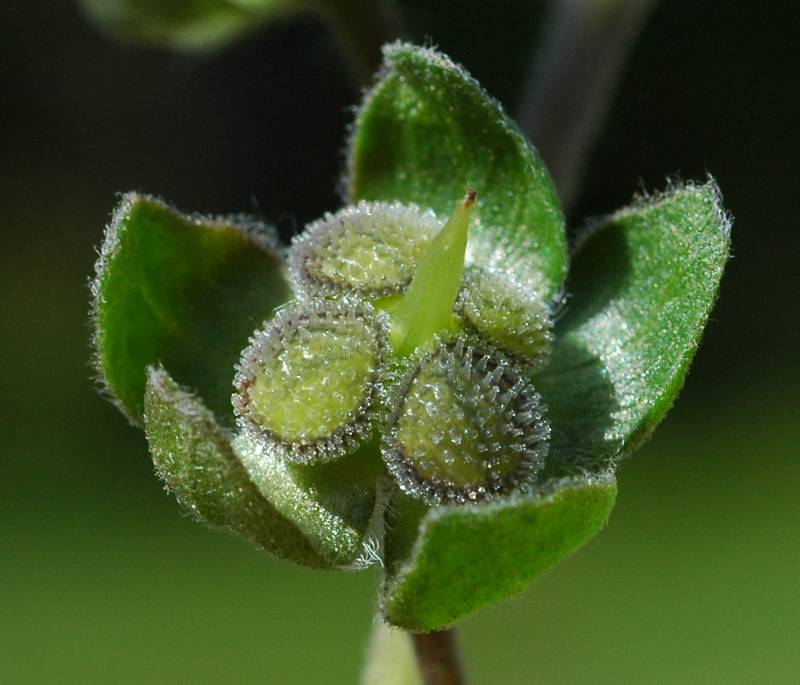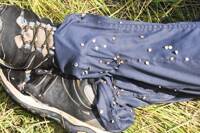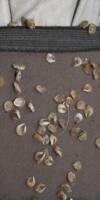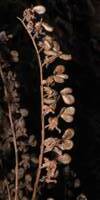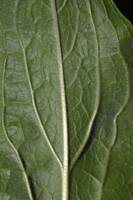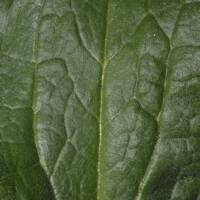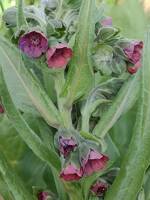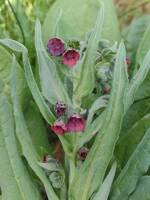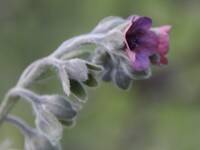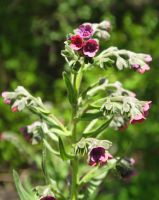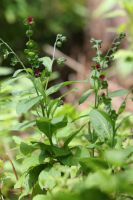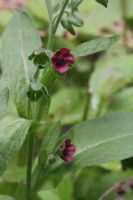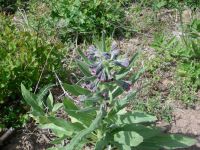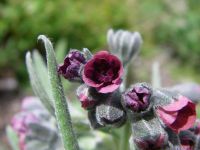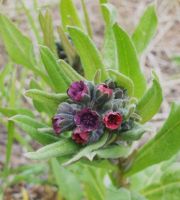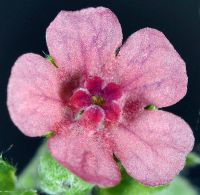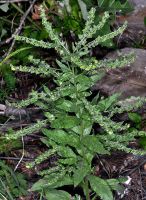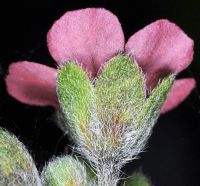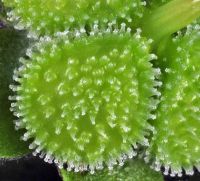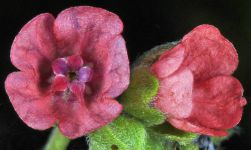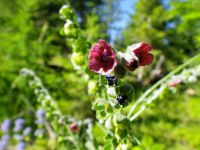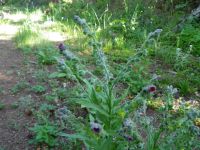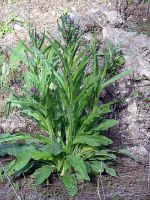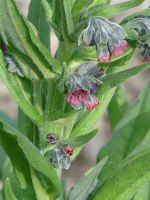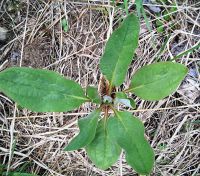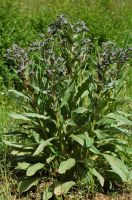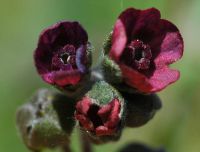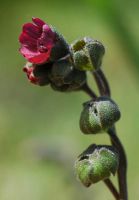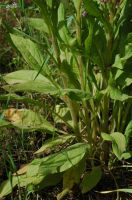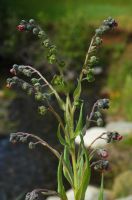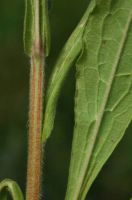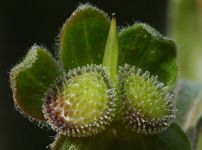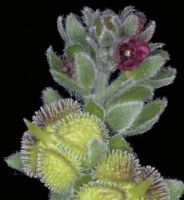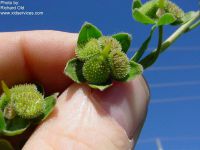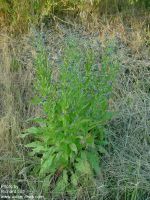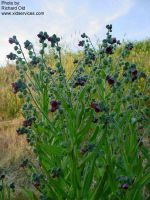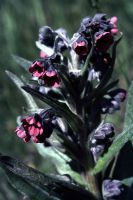Distribution: Widely distributed east of the Cascades crest in Washington; British Columbia to California, east across North America to the Atlantic Coast.
Habitat: Roadsides, fields, meadows, forest edge, ditches, and other disturbed open areas; noxious weed.
Flowers: May-July
Origin: Introduced from Eurasia
Growth Duration: Biennial
Conservation Status: Not of concern
Pollination: Bees, flies
Coarse, leafy biennial, the single stem 3-12 dm. tall, covered with long, soft hairs throughout.
Lowermost leaves oblanceolate, tapering to the petiole, 1-3 dm. long and 2-5 cm. wide; other leaves sessile, oblong or lanceolate, numerous, gradually reduced upward.
Inflorescence of numerous false racemes in the upper leaf axils or terminating short axillary branches, the pedicels curved and spreading; sepals 5-lobed, deeply cleft, 5-8 mm. long, the lobes broad and blunt; corolla dull reddish-purple, with a slender tube and abrupt spreading limb, the limb about 1 cm. wide; appendages in the throat of the corolla exerted, broadly rounded.
Nutlets 4, ovoid, 5-7 mm. long, attached to the style.
Publication: Sp. Pl. 1: 134. 1753.
PNW Herbaria: Specimen records of Cynoglossum officinale in the Consortium of Pacific Northwest Herbaria database
WA Flora Checklist: Cynoglossum officinale checklist entry
OregonFlora: Cynoglossum officinale information
E-Flora BC: Cynoglossum officinale atlas page
CalPhotos: Cynoglossum officinale photos



